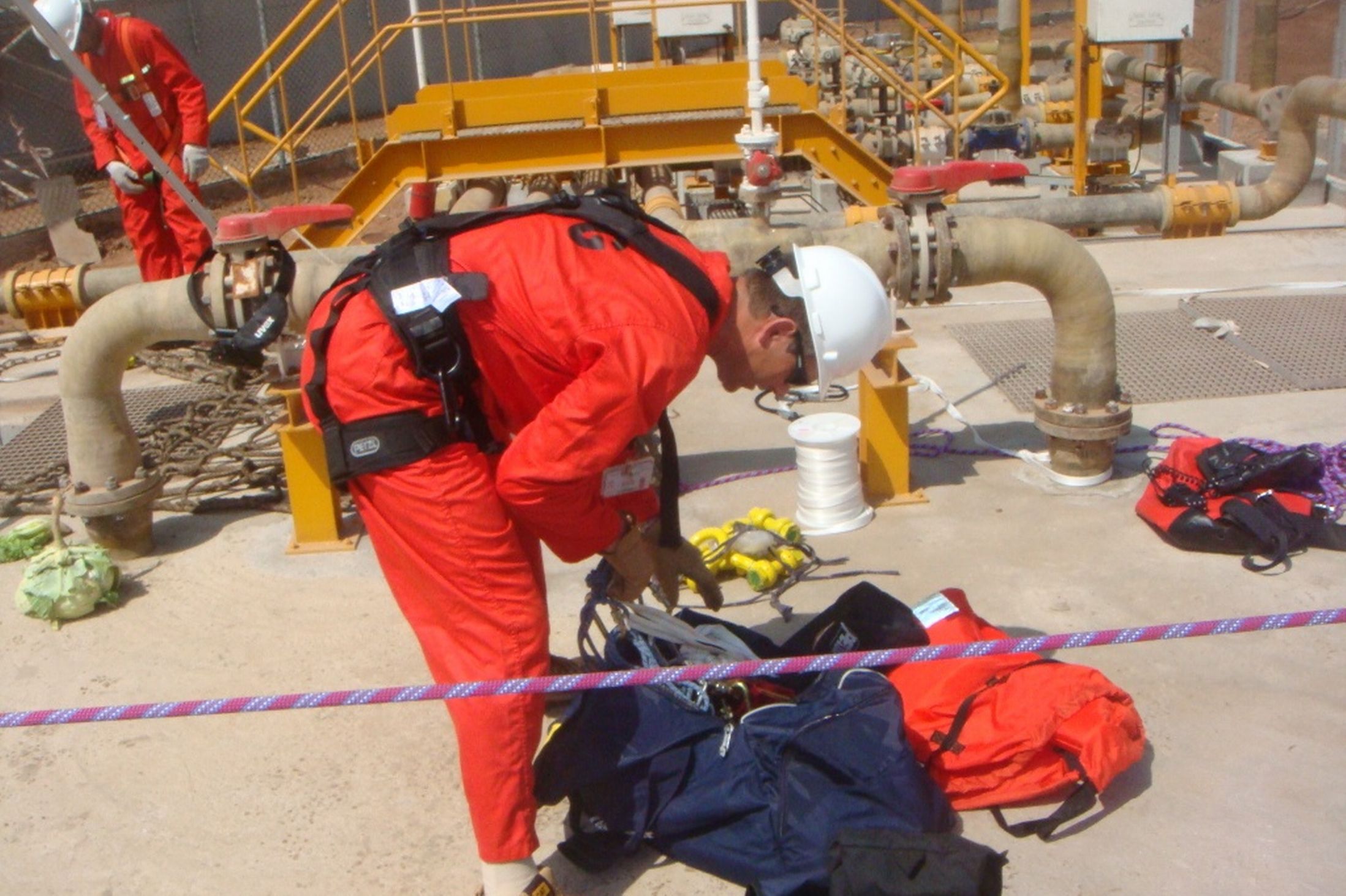The following economic projections and commentary were compiled from various products of the Business Research Division at the Leeds School of Business. Primary sources are the 2014 Colorado Business Economic Outlook, the Colorado Secretary of State Quarterly Business & Economic Indicators Report and the Leeds Business Confidence Index.
Job growth was strong in Colorado in 2013, with the state adding 68,100 jobs, a gain of 2.9%. This is the highest rate of employment increase since 2000. This growth accelerated to a rate of 3.0% in February 2014, with 70,900 jobs added compared to February 2013. In June 2013, the state surpassed the previous peak employment reached in May 2008. The consensus of the 2014 Colorado Business Economic Outlook estimating committees is that employment growth will continue in 2014, with the state adding 61,300 new jobs. The fastest growth is being observed in the Greeley, Fort Collins-Loveland, Denver-Aurora-Broomfield, and Boulder metropolitan statistical areas (MSAs).
New business filings from the Colorado Secretary of State’s Office serve as a leading indicator of employment. Business filings fell slightly in Q1 2014, to 26,522, despite increases in existing entity renewals and entities in good standing. New entity filings remained near record highs despite this slight drop of 0.1% in comparison to Q1 2013, with a five-year compound annual growth rate of 5.3%. Despite the aforementioned drop in Q1 filings, annual new business filings rose 3% over the past year. This relationship between new business filings and employment in Colorado signals continued employment expansion in the first half of 2014. Existing entity renewals numbered 118,167, an increase of 7.3% in comparison to Q1 2013.
Likewise, the Leeds Business Confidence Index (LBCI) indicates further growth in 2014 as the index increased from 59.9 to 61 in the Q2 2014 survey. Expectations above 50 show a positive economic outlook for the upcoming quarter. Improvement coincided with improving economic conditions and subsiding political risks. Compared to the Q1 2014 survey, respondents’ confidence improved for all metrics except capital expenditures. The greatest gain was in expectations for profits, which rose 3.4 points. Large companies were notably more optimistic than small companies. Sales expectations rose to 62.7 while profits rose to 61.3. Capital Expenditures slipped to 58.6, yet remained strongly positive. Hiring expectations rose slightly, from 59.3 in Q1 to 59.6, in Q2. Around 43.5% of respondents were neutral on hiring, while 46.4% were positive.
Over the past 10 years, goods-producing industries lost a net 25,000 jobs; however, in 2013 the industry saw growth, adding 12,800 jobs, or 4.6%. Services-producing industries gained 253,300 jobs and an accelerated growth of 2.7% in 2013, up from 2.3% in 2012. Both goods- and services-producing sectors are anticipated to add workers in 2014.
Highlights on the goods and services industries follow.
GOODS-PRODUCING INDUSTRIES
The goods-producing sector includes Agriculture, Natural Resources and Mining, Construction and Manufacturing.
Agriculture — While total cash receipts to farmers and ranchers are projected to decline into 2014, expenses are anticipated to moderate only slightly. Real interest rates remain low, and fuel prices are up over the past month, despite an overall downward trend. The year 2014 might be viewed as a transitional one in which both farmers and ranchers make adjustments stemming from lower corn prices. Net income is projected to fall by about 7%, to $1.48 billion, in 2014.
Natural Resources and Mining — Colorado has abundant natural resources, ranging from coal and natural gas to molybdenum and uranium. In 2013, Natural Resources and Mining saw 200 jobs added, or 0.7%. This is significantly down from 2012, when the industry was adding jobs at a rate of 8.6%. The value of production is anticipated to increase in 2014 for oil, natural gas, carbon dioxide, coal, minerals and uranium. This has translated into a promising growth in 2014, adding 6.1% over 2013 through February.
Construction — The greatest casualty of the recession, this industry is exhibiting strong year-over-year growth in permits, values and employment. Total value of Construction is estimated to rise 14.8% in 2014, to $15.1 billion. The largest increase is attributable to residential construction, which will grow to more than $1.4 billion in 2014. Non-residential projects recorded a decrease of 18% and non-building plummeted 38%. Residential increased 7% year-over-year in February. Total housing permits are expected to rise to 33,500, with 17.5% growth marked by year-over-year gains in both single-family and multifamily units. Employment will increase by 11,000 jobs, or 8.4%, in 2014.
Over the past year, home prices have climbed by 8.2% in Colorado according to the Federal Housing Finance Agency (FHFA). This gain was attributed to increases in six of the state’s seven MSAs: Denver-Aurora-Broomfield (10.9%), Boulder (9.4%), Fort Collins-Loveland (8.5%), Greeley (7.3%), Grand Junction (5.7%) and Colorado Springs (3.1%).
Manufacturing — Following a decade of decline, Manufacturing employment is expected to increase for the fourth consecutive year, ending 2013 with 1,900 jobs added (+1.5%) and 2014 with 1,700 more jobs (+14%). This growth will be mostly in the Durable Goods Sector.
The services-producing sectors include Trade, Transportation and Utilities; Information; Financial Activities; Professional and Business Service; Education and Health Services; Leisure and Hospitality; and Government.
International Trade — Colorado’s merchandise and commodities exports experienced strong growth last year. Strength included electronics, beef, medical and surgical equipment, orthopedic appliances and engines and motors. Despite this, the state still ranks only 36th among U.S. states in dollar value of merchandise and commodities exports. Colorado’s manufactured exports and commodities are projected to grow 10% in 2014, to $9.8 billion in sales.
SERVICES-PRODUCING INDUSTRIES
The Service Producing industries include Trade, Transportation and Utilities, Information, Financial Activities, Professional and Business Services, Education and Health Services and Government. The outlook for services employment shows growth in all sectors but Information in 2014.
Trade, Transportation and Utilities — TTU employment is anticipated to increase by 9,100 in 2014 due to growth in wholesale and retail trade. Transportation and Warehousing employment increased in 2013, and Utilities recorded no net change. It is projected that Denver International Airport will record more than 52 million passengers in both 2013 and 2014. Retail sales are anticipated to rise 5% in 2014, following 4.2% growth in 2013.
Information — A best-case scenario is that the Information Sector will remain flat in 2013 and post a modest decline in 2014. In 2013, growth in telecom, software publishing and film outweighed losses in traditional publishing. It is anticipated that many of the losses related to the telecom merger between CenturyLink and Qwest have already been absorbed in the Denver Metro region.
Financial Activities — The Financial Activities Sector began rebounding in 2013, adding 4,000 jobs. Despite some employment declines related to reductions in mortgage refinancing, the sector is still expected to add 2,700 jobs in 2014, with most activity concentrated in banking and other finance and insurance activities. Increased regulation and tepid loan demand will continue to impact the industry.
Professional and Business Services — Employment in this sector will increase by 14,200 jobs in 2014, building on gains in the Professional, Scientific and Technical Services subsectors related to Colorado’s high-tech industries and research institutions. Growth in the sector may be stronger if political and fiscal uncertainty subsides.
Education and Health Services — Private education and health care services are expected to add 8,000 jobs in 2014, demonstrating resilience both during and after the recession. Most of the growth has been in health care, driven by population growth and demographic shifts.
Leisure and Hospitality — Despite a number of setbacks in 2013 (e.g., fires, floods, drought), the Leisure and Hospitality industry added 10,100 jobs. The 2014 forecast calls for 7,500 additional jobs, mostly in the Accommodation and Food Services Sector. This forecast rests on a number of assumptions, including average snowfall and reasonable gasoline prices.
Government — Government is expected to add jobs in 2014, but not at all levels. Federal government is expected to shed jobs in 2014, continuing a trend that coincided with economic recovery in 2010. Sequestration will impact both direct federal jobs, as well as federal contractors. State and local government are adding jobs, with a portion of the increase related to education. Population continues to grow, pressuring the public education system to accommodate a growing student number of students.
SUMMARY
Colorado will continue to record employment growth that will place it in the top five states for growth in 2014 with the unemployment rate remaining below 7%. With respect to population, Colorado is the seventh-fastest growing state in the nation in percentage terms and the ninth fastest in absolute terms. Population growth in 2014 is projected at 1.7% with a healthy amount of in-migration contributing to this scenario.
The forecasted employment growth will be broad based, although some sectors will do better than others. The information sector is forecast to continue the weak employment situation it has experienced since the recession of 2001. Agriculture production and tourism will continue to be impacted by volatile weather fluctuations and natural disasters of the past several years.
An additional bright spot is the value of homes. Home prices will continue to grow in Colorado as inventory is absorbed, foreclosures abate and more homeowners elevate from being underwater in their mortgages. Tightening inventory and more stable households are driving appreciation in all Colorado MSAs except Pueblo.
With Colorado’s skilled workforce; high-tech, diversified economy; relatively low cost of doing business; global economic access; and exceptional quality of life, the state is poised for long-term economic growth.
For more information on each industry sector, visit leeds.colorado.edu/brd.















 The buyer in Korea had one condition for the 40% cash payment. He wanted a
The buyer in Korea had one condition for the 40% cash payment. He wanted a  Assistance from The Small Business Administration (SBA)
Assistance from The Small Business Administration (SBA)












